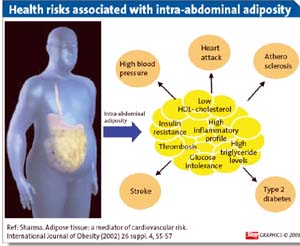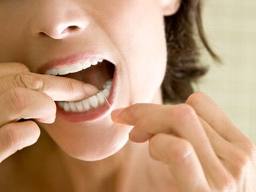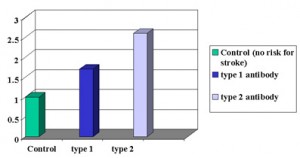It used to be called syndrome of hyperinsulinism or syndrome X, but in the meantime the term Metabolic Syndrome stands for a derailment of the metabolism, which manifests itself in excessive weight, type 2 diabetes, high blood pressure and inflammatory processes in the body. The condition, which is largely preventable by healthy lifestyle choices, also paves the way for heart disease, stroke, arthritis and some cancers.
A study from the University of California at San Francisco by Dr. Kristine Yaffe points to yet another health problem that results from the metabolic syndrome and which mars the “golden years” of a large number of seniors: lack of cognitive function, short term memory loss, and forms of dementia.
The study was based on 2632 participants with an average age of 74 years. The likelihood to develop cognitive impairment was 20% higher in those participants of the study who had metabolic syndrome. Things were getting worse, if patients had metabolic syndrome and laboratory tests showed high inflammation with elevated blood levels of interleukin 6 and the C- reactive protein test: the likelihood to develop cognitive impairment rose to 66%.
So much for the bad news. The good news, however, is that lifestyle can be a powerful armor in the prevention of disability and disease.
Reference: The Medical Post, January 25,2005, page 45
Last edited October 27, 2014
















